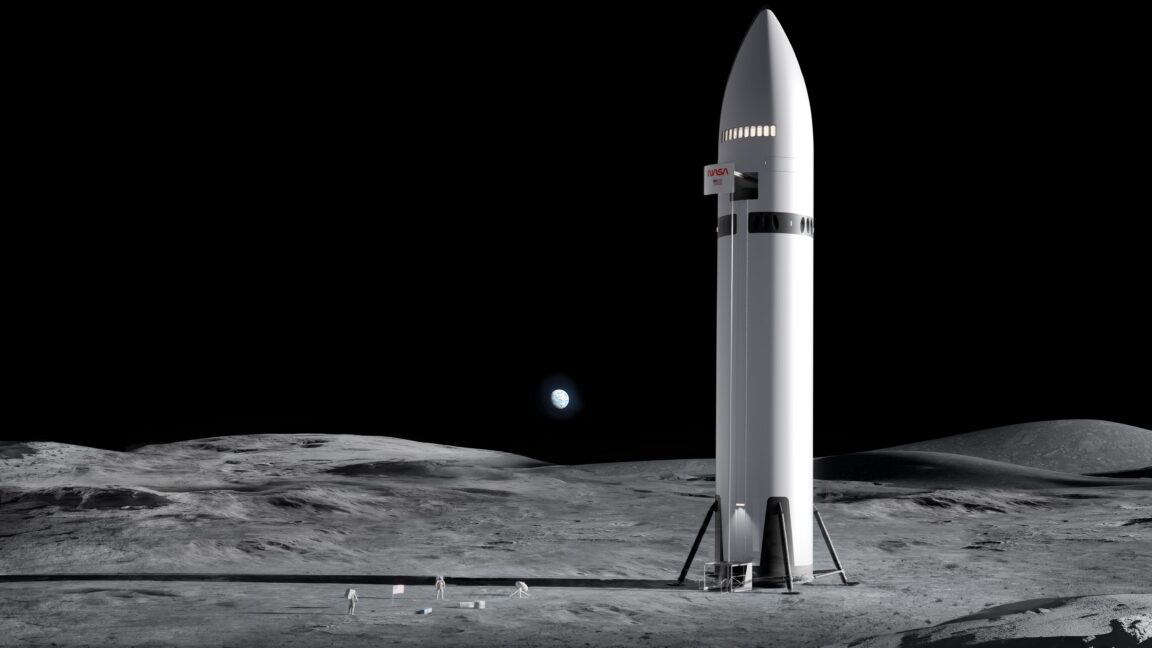
"Getting to Mars is SpaceX's overarching objective, a concise but lofty mission statement introduced by Elon Musk at the company's founding nearly a quarter-century ago. Musk has criticized NASA's Artemis program, which aims to return US astronauts to the Moon for the first time since the last Apollo lunar mission in 1972, as unambitious and too reliant on traditional aerospace contractors."
"The Starship rocket and its massive Super Heavy booster are supposed to be SpaceX's solution for fulfilling Musk's mission of creating a settlement on Mars. The red planet has been the focus each time Musk has spoken at length about Starship in the last couple of years, with Moon missions receiving little or no time in his comments, whether they're scripted or off the cuff."
"In the background, SpaceX's engineers have been busy developing a version of the Starship rocket to fly crews to and from the surface of the Moon for NASA. The agency's current architecture calls for astronauts to transit from the Earth to the vicinity of the Moon inside NASA's Orion spacecraft, made by Lockheed Martin, then link up with Starship in lunar orbit for a ride to the Moon's south pole."
SpaceX released its most detailed public update in nearly two years on its multibillion-dollar contract to land astronauts on the Moon for NASA. SpaceX positions itself as a central enabler of NASA's Artemis program with the broader objective of ultimately enabling human missions to Mars. Elon Musk has emphasized Mars settlement and criticized Artemis as unambitious and too reliant on traditional contractors. SpaceX engineers are developing a crewed Starship variant and Super Heavy booster to ferry crews. NASA's architecture envisions Orion transporting astronauts to lunar vicinity, where Starship will carry them to the Moon's south pole and return them to Orion for Earth reentry.
Read at Ars Technica
Unable to calculate read time
Collection
[
|
...
]